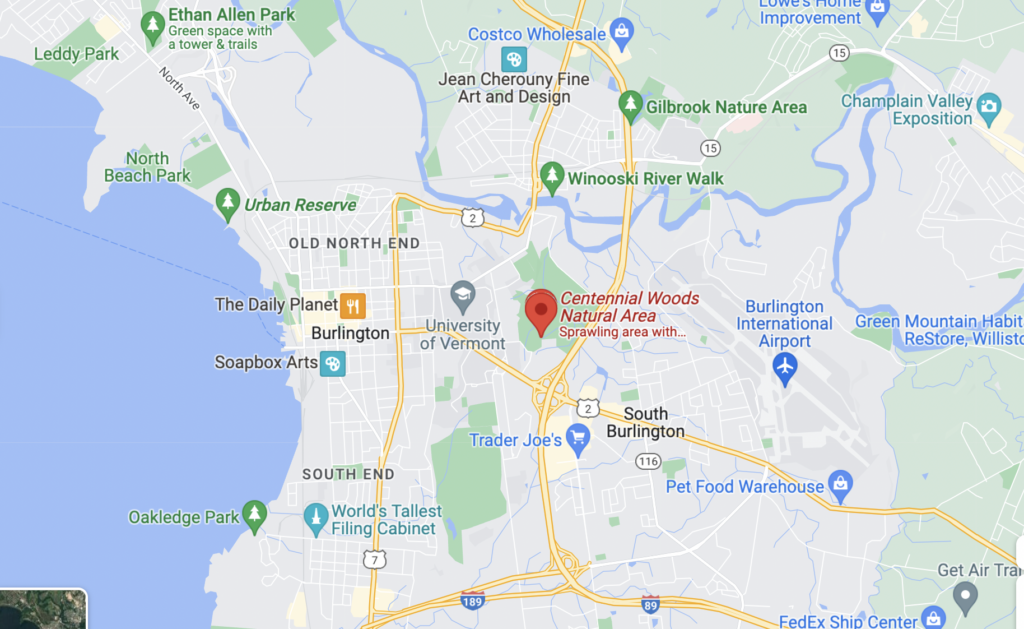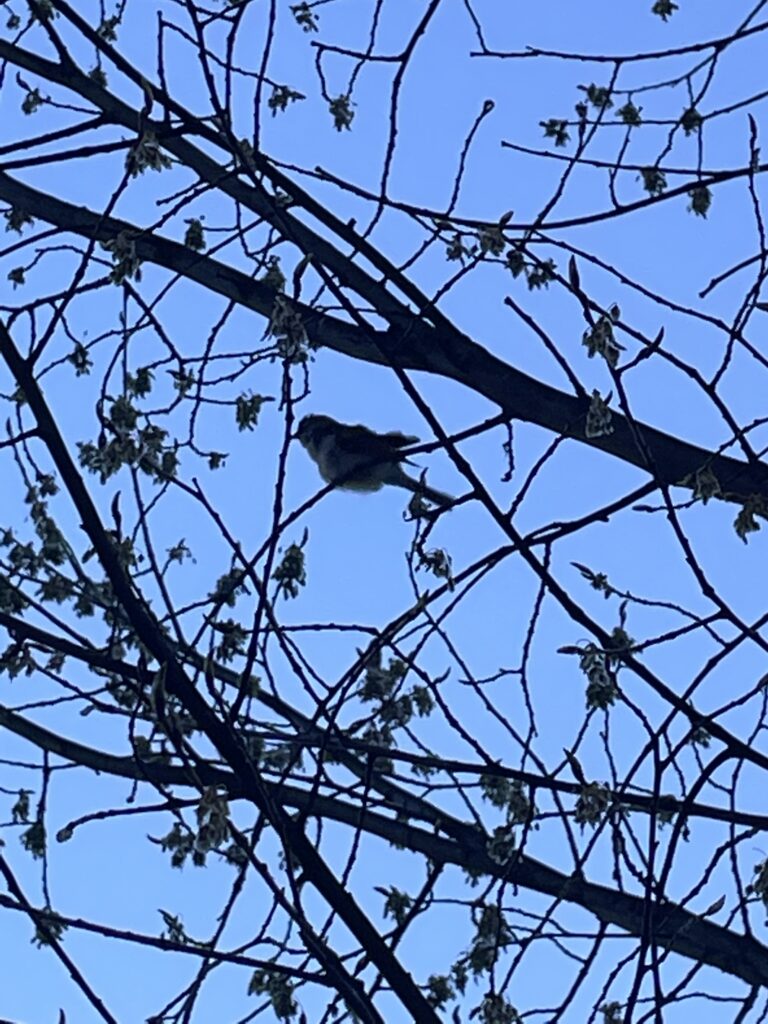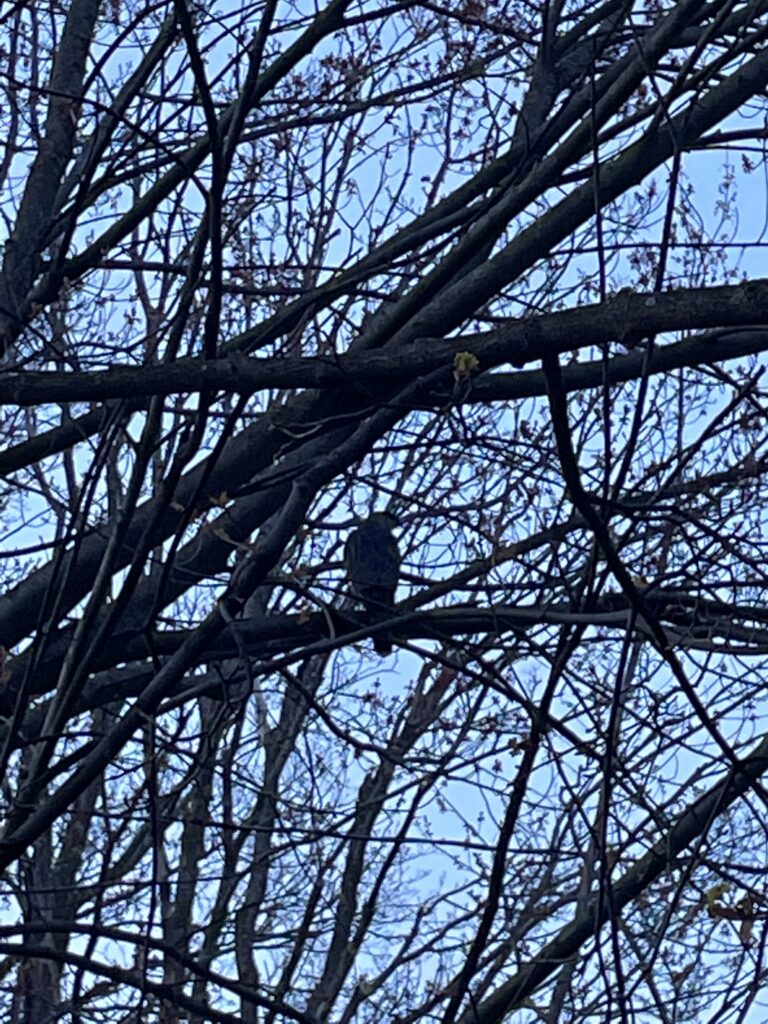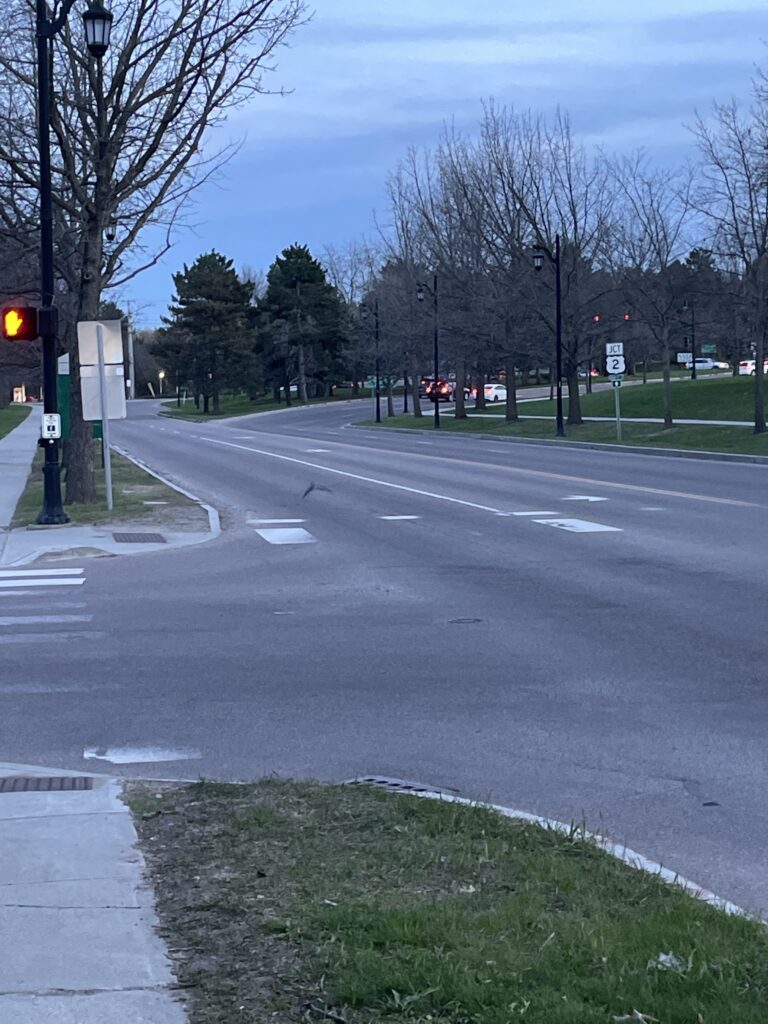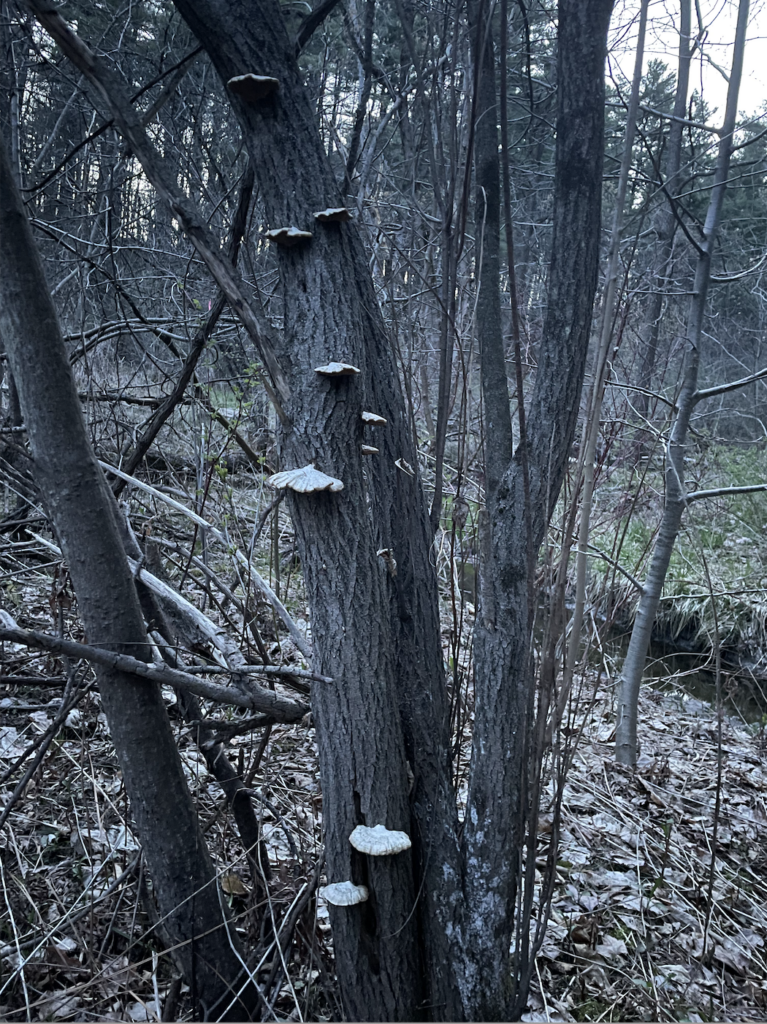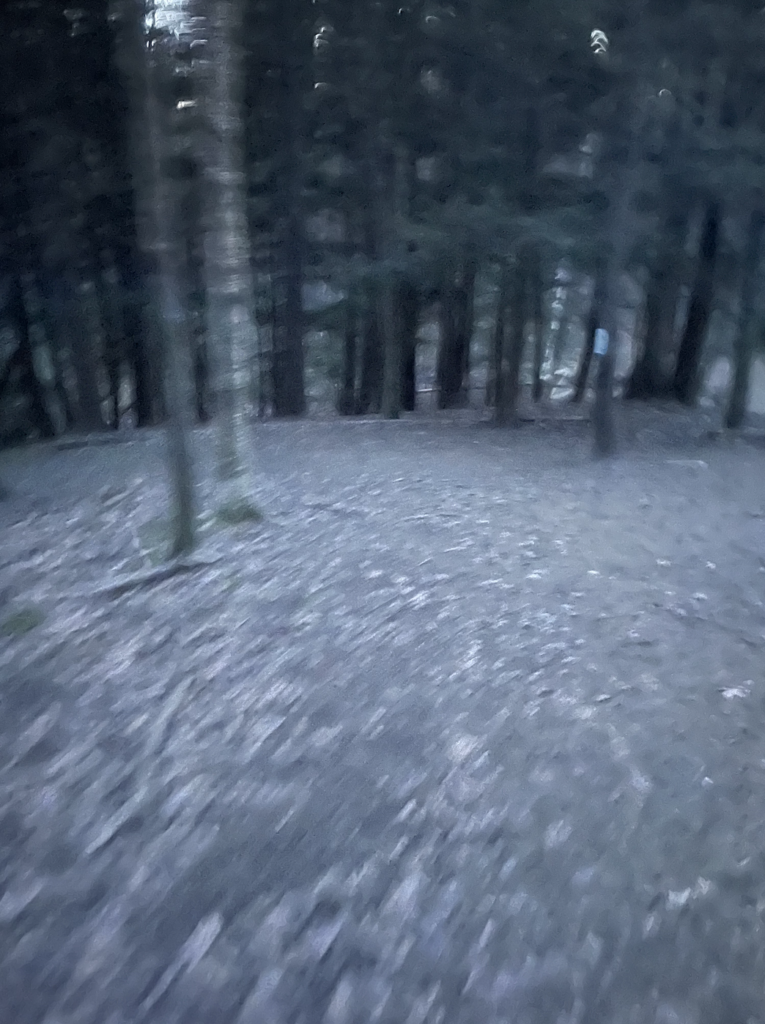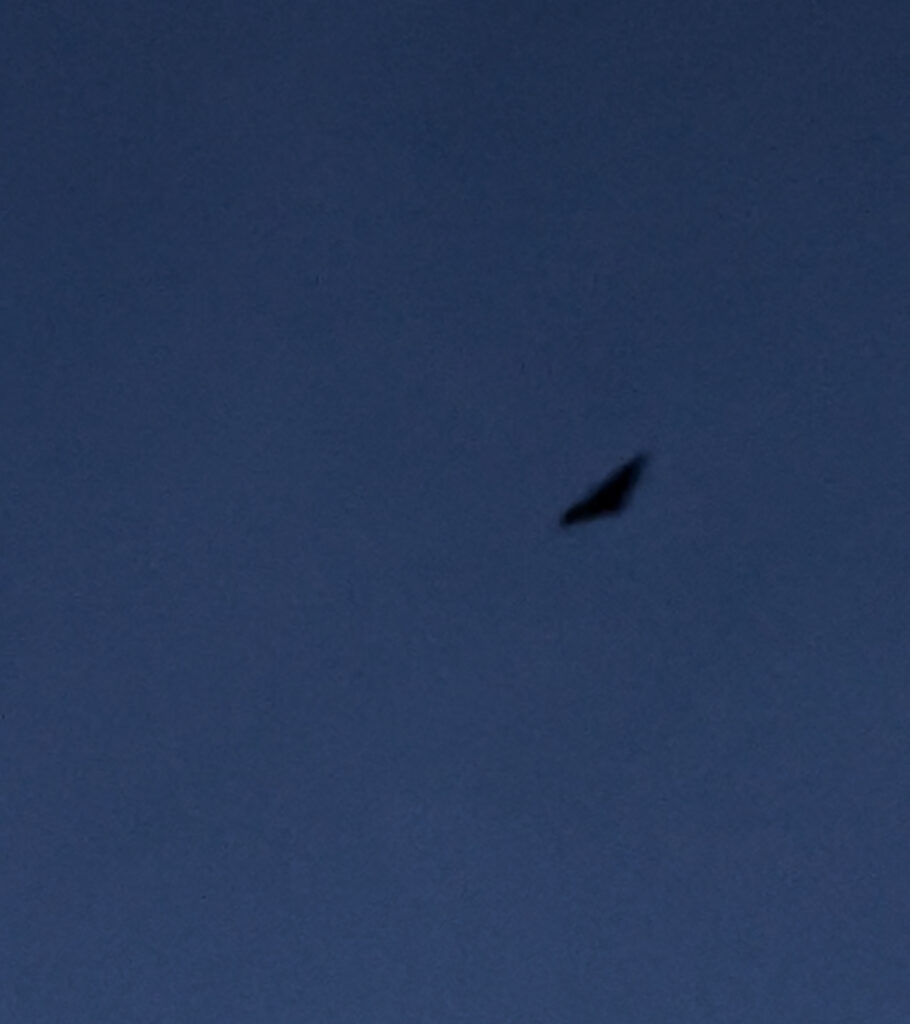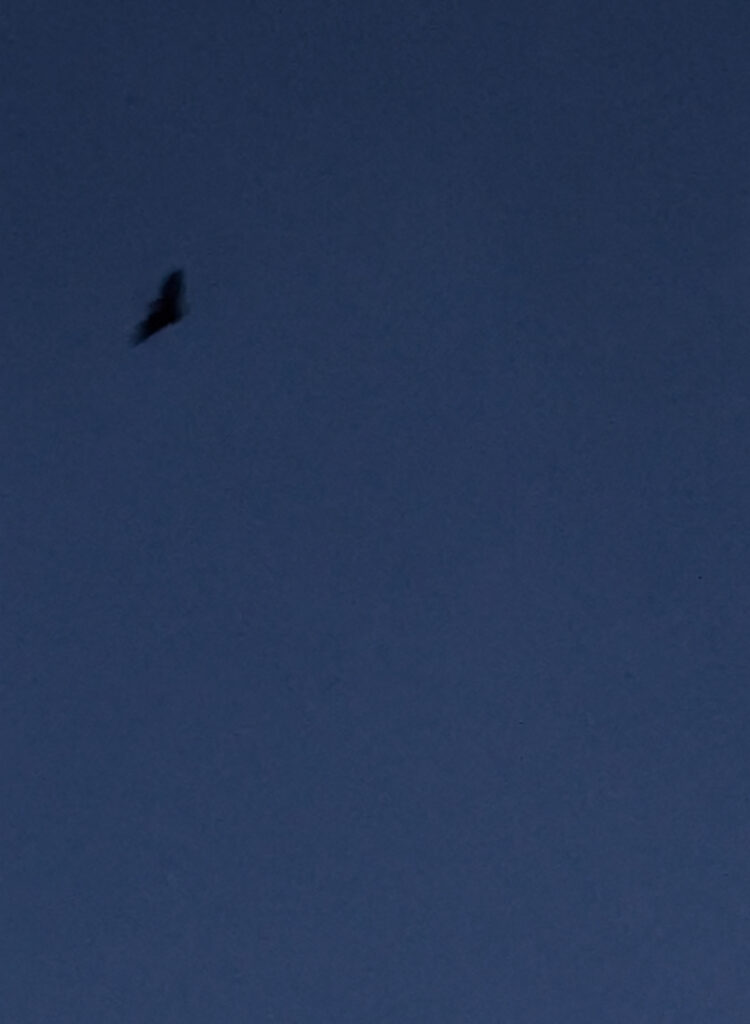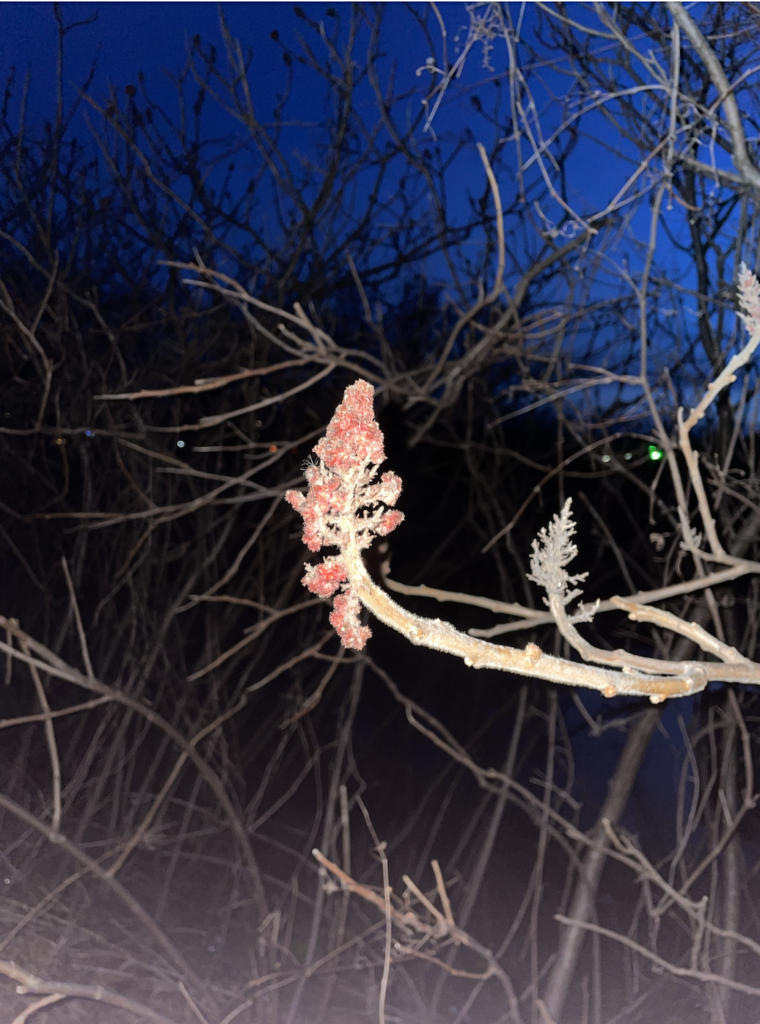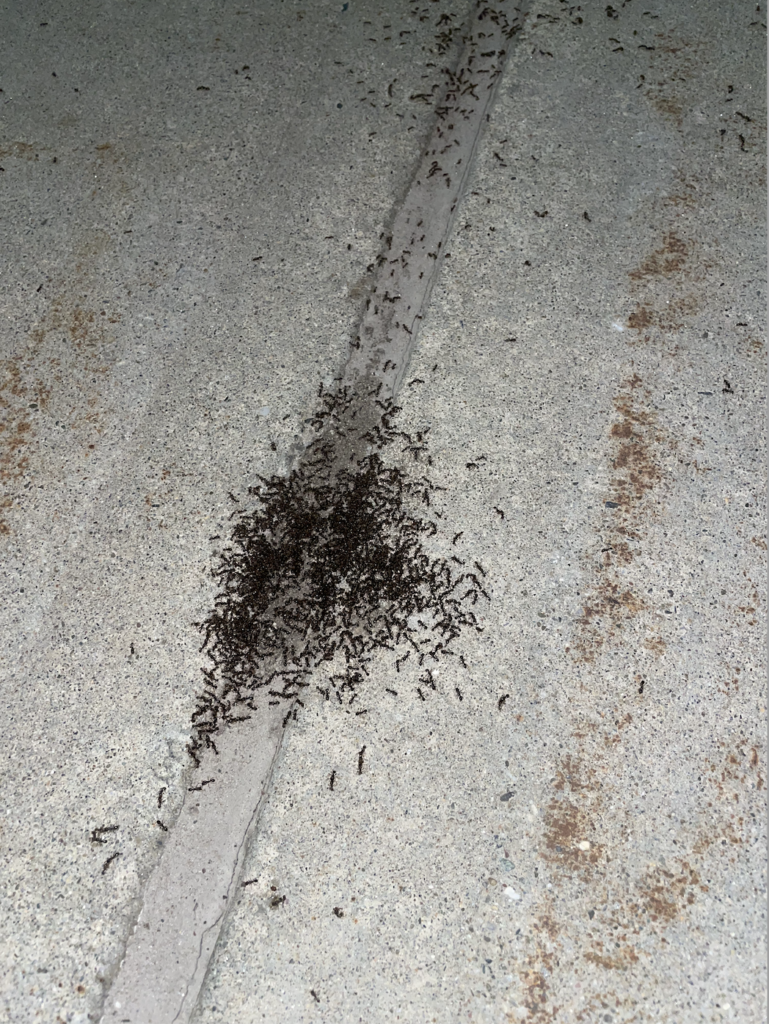This weekend, myself and many of my peers in NR 2 were tasked with participating in iNaturalist’s City Nature Challenge BioBlitz, a global event encouraging nature enthusiasts from all over the world to explore their city in search of wildlife and different plant species. These observations of flora and fauna were then documented in the app and added to a global collection of thousands of species worldwide.
It was a really cool experience to participate in this event, knowing that my observations of species I see around Burlington every day were now alongside species I’ve never even heard of in a huge global database. I won’t lie, I had a busy weekend, so the time I spent actively searching was cutting it a little close to the deadline. However, in the short amount of time I spent looking around, I was still able to find several species, some of which I definitely wasn’t expecting to see. On Sunday night, I set out with my friend and fellow NR 2 student, Naomi, for a walk in Centennial Woods around sunset. The walk from my dorm takes about 7 minutes, but we were even able to find a few species in that short while.
First, we heard some birds chirping from a tree right outside the Jeffords building, and looked up to find (what I thought to be) a couple of chirping sparrows. I tried my best to take a few pictures of them, but it was a little too dark and they were a little too fast-moving for me to get a great picture. After uploading this observation on the app, we continued on our way towards Centennial Woods. Standing at a stoplight a couple minutes later, we were shocked to see a red-tailed hawk whizz right past our heads and reach a perch in a tree across the street. We waited for the light to change, hoping that the impressive bird wouldn’t fly away before we got close enough to it to take a picture. Fortunately, it stayed still long enough for me to get a mediocre picture of it in the tree, and another of it flying away. Uploading the observation to iNaturalist, we continued heading towards our destination. Upon entering the wooded area, we were finding it pretty difficult to find any wildlife. The next observation I ended up making was of some fungi on a tree, which was once again not the best observation according to iNaturalist’s identification suggestions and the lack of input from other specialists. I ended up going with just a genus that the fungi might be a part of, which was the genus trametes. Moving along, the next species I saw was a moth flying around, but it was moving too fast for me to get a good picture. I took a picture of the area it was flying around, hoping it would be recognizable as a floating blur in the foreground. However, it was unable to actually be seen, so I received some negative feedback in the comments of that observation. The next species we came across was not for a while, but it was my favorite when it finally came into view. As we were exiting the woods, I thought a few dark-colored birds were flying above my head, but Naomi informed me that they were actually bats. They were super active, and in the 10 or so minutes we spent observing, we saw probably about a dozen bats flying around. Capturing them on camera was difficult though, and for a while I was convinced my best photographic evidence was going to be a blurry black figure that I screenshotted from a video, which almost looked like a lens flare. Luckily, with patience I was able to take a video where the token bat-wing shape could be seen, and then my evidence could be uploaded to iNaturalist. As cool as watching the bats was, I was also a little terrified of one of them flying into my head and giving me rabies, so we headed out after a while and began our journey back to campus. On the way back I made two more observations, this time of staghorn sumac (which was given research-grade observation status on iNaturalist) and a pile of immigrant pavement ants on the sidewalk. With that final observation, I concluded my participation in the BioBlitz with a total of 7 viable observations and 4 credible species.
My experience using the app was pretty easy overall, especially since I’ve used it a little bit this year already. I appreciate the app giving identification suggestions, but it was also hard to get a picture that was good enough for iNaturalist to give specific and accurate suggestions. I also appreciated the input from other people who have more experience in identifying different species around Burlington, which made me more confident in my own identifications.
Considering the reports from other cities across the globe, I was definitely surprised to find out that La Paz was the leading city. As much as I know Bolivia to be a place where a wide variety of species exist and thrive, I’ve never thought of it as a biodiversity hotspot, especially in relation to cities like Cape Town, last year’s winner. I was also surprised that common dandelions were the most commonly observed species worldwide, but it actually made me smile to imagine all of the clusters of yellow flowers that are popping up right now in patches of grass worldwide.
Generally, I was really excited to participate in such a huge event, connecting with others all over the world through our shared love and appreciation of the species in our cities. My only grievance is that as hard as I looked, I couldn’t find any Bigfoot observations. At least there’s always next year!
